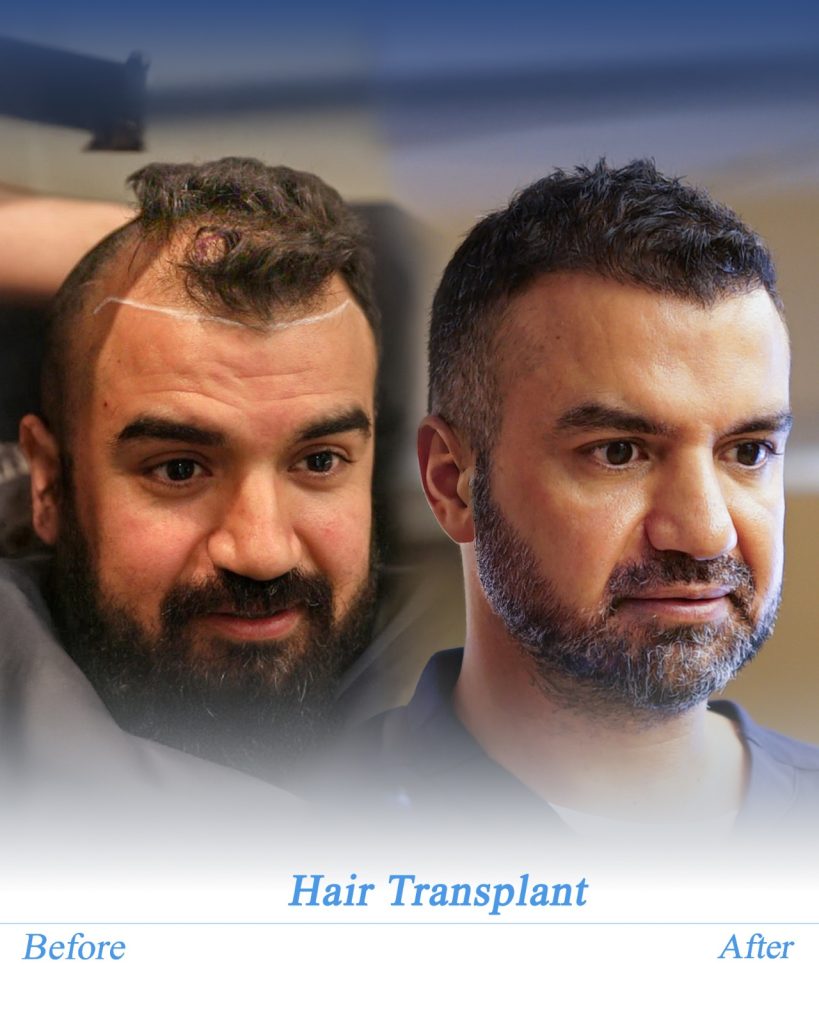As a plastic surgeon, I have performed hundreds of hair transplantations over the years. I’ve seen the transformation in my patients confidence, the joy in their eyes when they look in the mirror, and the relief that comes from finally addressing hair loss. But what makes my perspective unique is that I have also been on the other side of the operating table. I have undergone hair transplantation myself 5 years ago.
This experience has given me a deeper understanding of the procedure, the recovery, and the emotional journey that comes with it.
Why I Decided to Have a Hair Transplant
Like many men, I began noticing hair thinning in my 30s. At first, it was just a receding hairline and a bit of thinning at the crown. But as time went on, the change became more visible. Despite being a surgeon who helps others restore their appearance, I found myself feeling self-conscious. Hair loss can affect anyone, regardless of profession, and it’s not just about looks, it can impact self-esteem, social presence, and even how youthful you feel.
After years of helping patients regain their confidence, I decided it was time to do the same for myself.
The Procedure – From Surgeon to Patient
Having performed countless hair transplants, I knew exactly what to expect. But lying down as the patient was a humbling and eye-opening experience.
I chose the FUE (Follicular Unit Extraction) technique because of its precision, minimal scarring, and natural-looking results. The procedure was smooth, and I remember thinking how much trust my patients place in me each time they go through the same process. I must say that, first few minutes of numbing my scalps was very painful. After that it was just chatting with my hair transplant team.
Recovery and Healing
Even as a surgeon, I was curious to feel the recovery process firsthand. The initial few days involved some swelling and redness, and also severe itching at the harvesting area, but it was manageable with proper care. The hardest part was being patient waiting for the transplanted follicles to shed and then grow back stronger.
Around the 3–4 month mark, I started to notice new hair sprouting. By 9–12 months, the results were truly transformative. Experiencing this timeline myself made me more empathetic with my patients’ anxieties and expectations.
What I Learned as Both a Surgeon and Patient
- Patience is key: Results don’t happen overnight. Hair transplantation is a journey that requires time and trust in the process.
- Experience matters: Choosing a skilled surgeon is crucial. Even though I knew the techniques, being on the other side reminded me how important precision, planning, and artistry are.
- Confidence is priceless: The biggest change wasn’t just my hairline, it was how I felt about myself. Standing in front of the mirror, I recognized not just my restored hair, but my restored confidence


